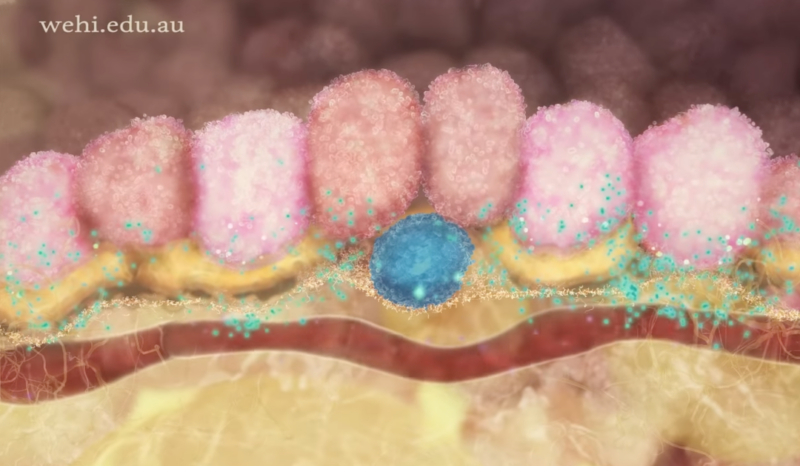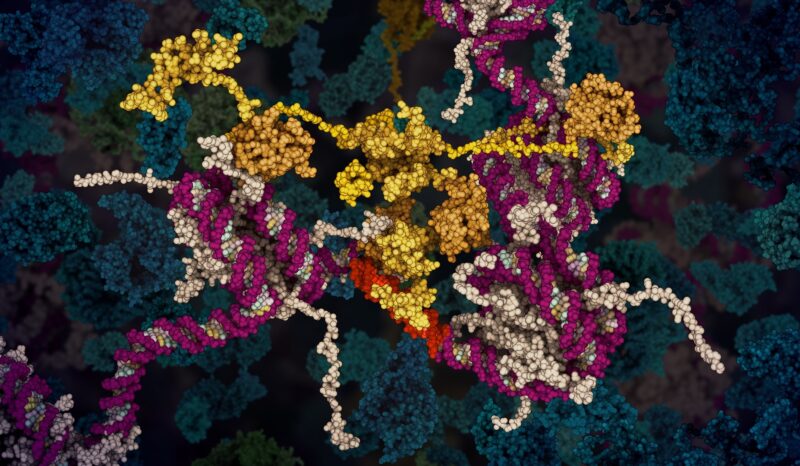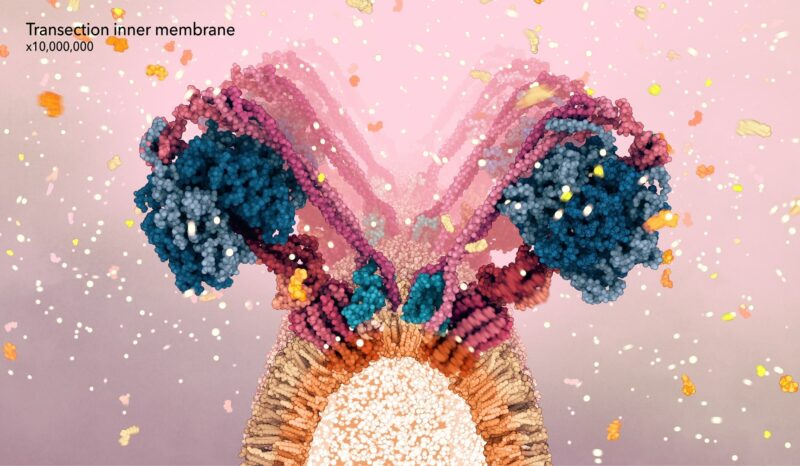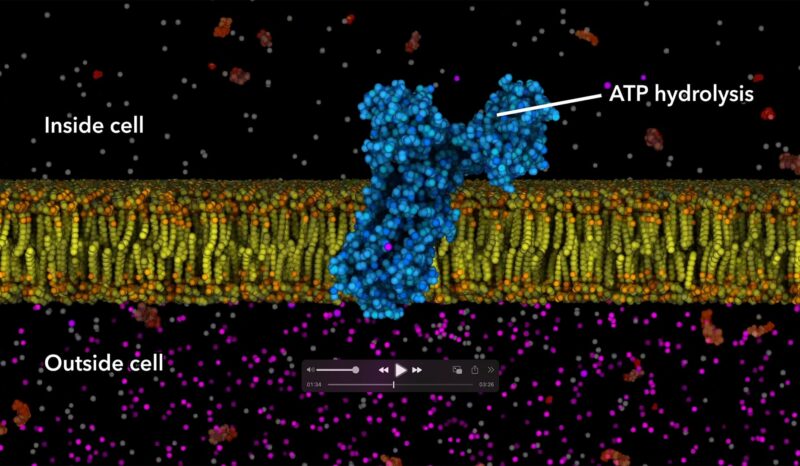X Inactivation and Epigenetics
X inactivation is a vital process that occurs in all DNA-containing cells of the female body. It is also an important research model and tool for studying epigenetics. Epigenetics refers to processes that tell our cells how, and when, to read the DNA blueprint. The epigenetic regulation of DNA is critical in both normal development and disease.
X inactivation is a type of gene dosage compensation. In humans, the sex chromosomes X and Y determine the sex of an individual – females have two X chromosomes (XX), males have one X and one Y chromosome (XY). All of the genes on the Y chromosome are required in male development, while the genes on the X chromosome are needed for both male and female development. Because females receive two X chromosomes, they inherit two copies of many of the genes that are needed for normal function. Extra copies of genes or chromosomes can affect normal development. An example is Down’s syndrome, which is caused by an extra copy of part or all of chromosome 21. In female mammals, a process called X inactivation has evolved to compensate for the extra X chromosome. In X inactivation, each cell ‘switches off’ one of its X chromosomes, chosen at random, to ensure the correct number of genes are expressed, and to prevent abnormal development.







